At Physcient we develop surgical instrument products that enable better outcomes for patients and since these are products, our development process incorporates design for manufacture and design for assembly best practices from the beginning. Our devices are single use disposable so we minimize resource utilization and decrease cost everywhere we can. Our devices also must be robust enough to survive the extreme loads that any hand held device is likely to encounter and our devices must defy resterilization and reuse attempts. I use structural FEA to optimize materials, shapes and cross sections. I incorporate both rigid plastic and elastomeric materials in our devices. I design parts for injection molding, utilizing injection molding vendor expertise to reduce mold cost and part cost and optimize our part designs for their processes.
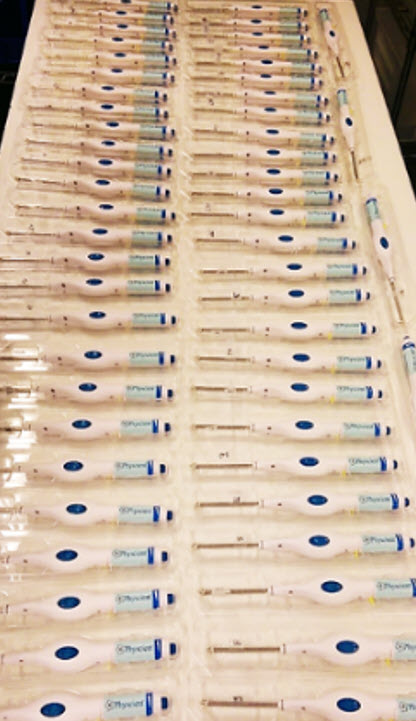
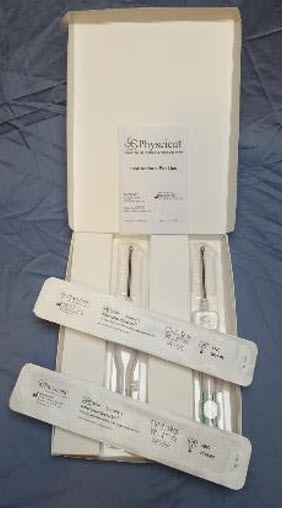
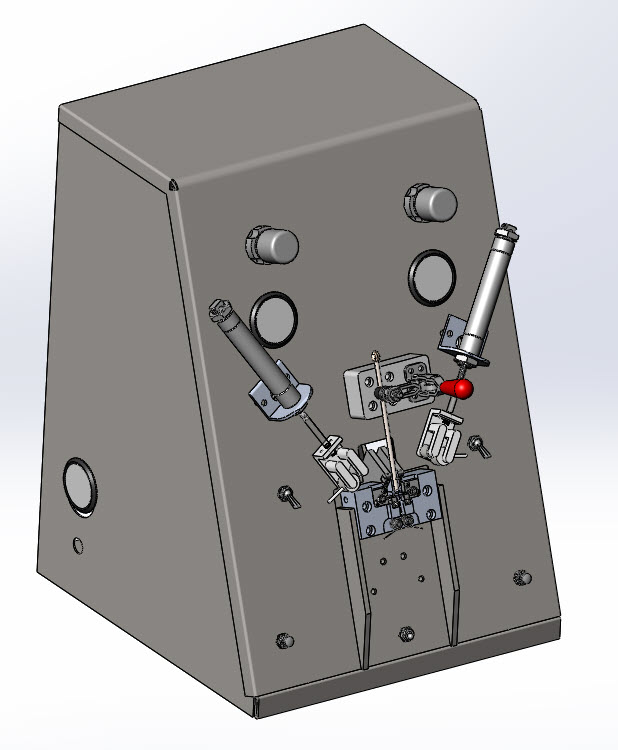
Above is the latest version of the Cable Crimp Fixture (CCF) that crimps and assembles the shaft and cable portion of the Differential Dissector drivetrain. I designed this new CCF to accommodate any length Differential Dissector device. It has been validated and will be installed at Robling once the final external sheetmetal is installed.

CCF that we keep at the Physcient prototyping facility to assemble prototype devices (right)
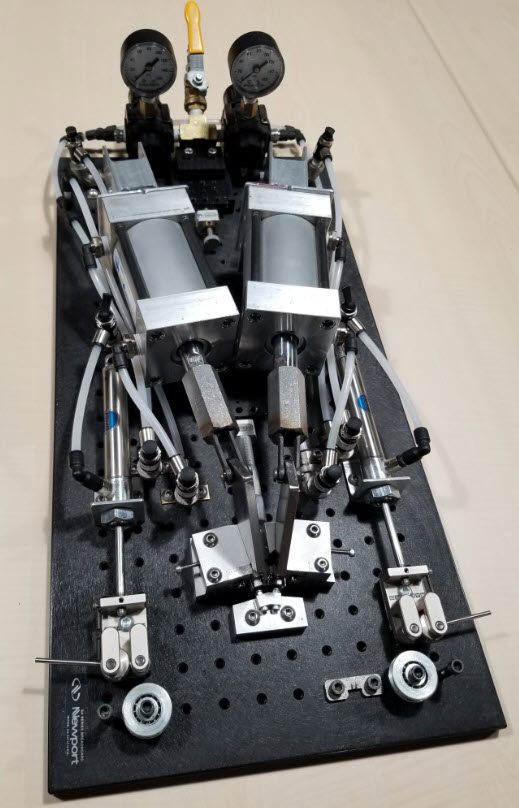
Our development process is centered around iterative surgeon use and feedback. This process requires multiple prototype design / build / test / evaluation cycles. We make ample use of additive manufactured parts. All parts that will eventually be injection molded are either additive manufactured or machined. Our handle plastic is typically made by Protolabs using the Accura Xtreme White 200 SLA.
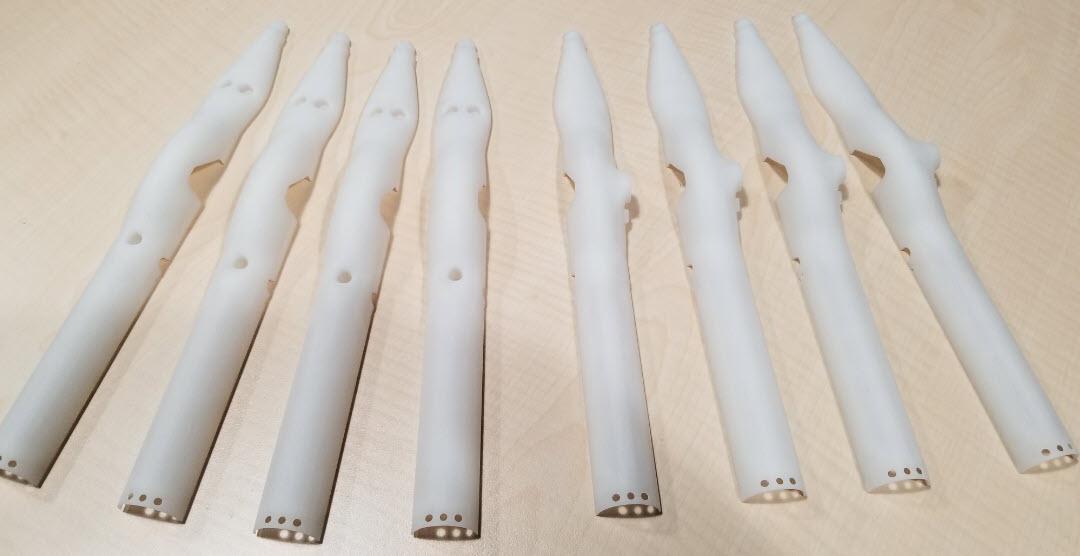
This
material mimics ABS fairly well but does creep under load. If we
need a tough material that can survive impact loads and snap fits, I
have parts made from DuraForm PA SLS.
We also have a Makerbot Replicator FDM machine in our prototyping facility. It works well for printing handle concepts so that surgeons can stop by and quickly evaluate several designs.
Machined Parts:
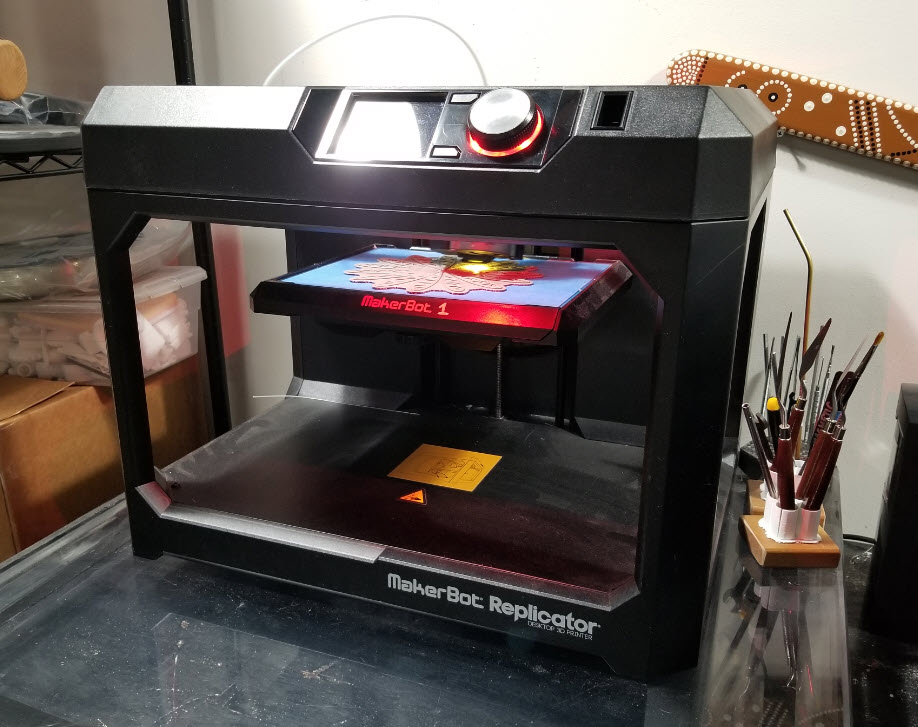
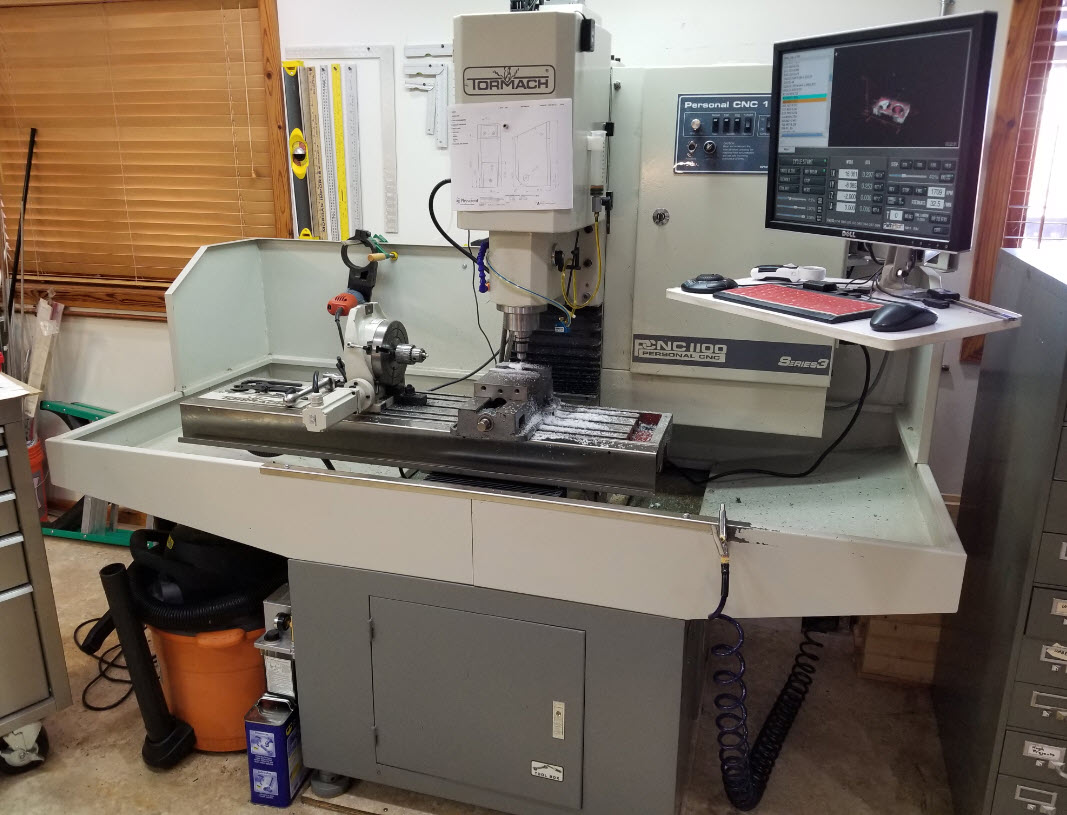
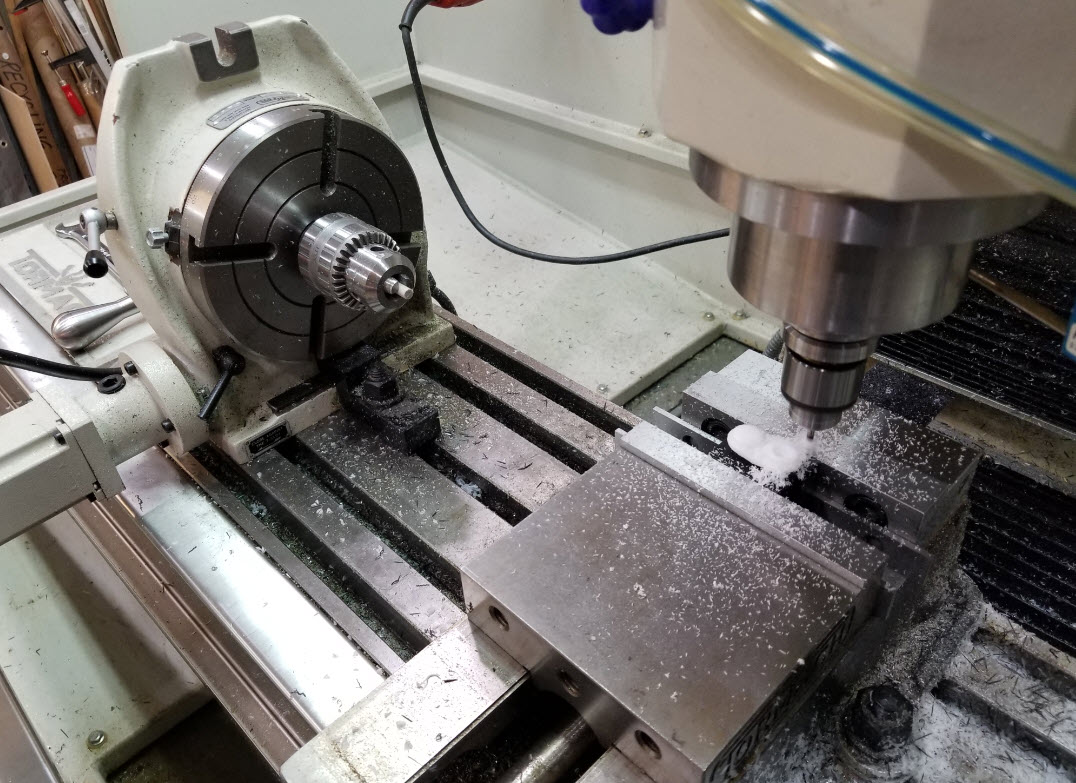
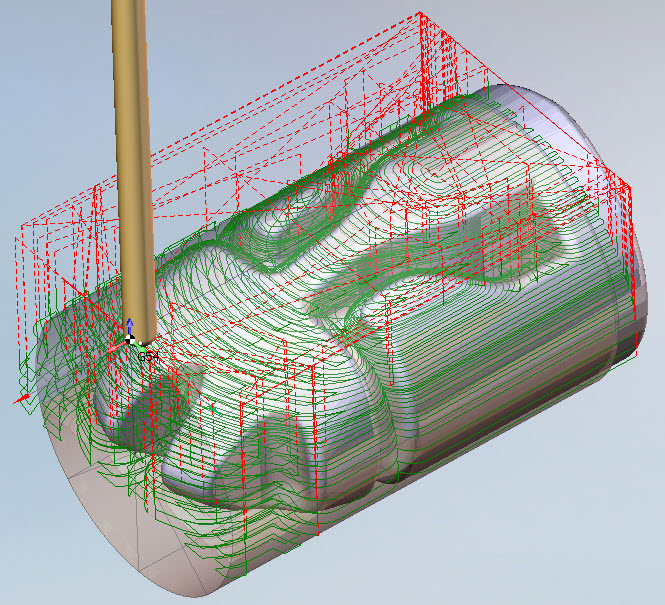

We
have a Tomach PCNC 1100 Milling machine with an integrated 4th axis,
high speed spindle and power draw bar. I use Sprut CAM to
generate G-code. This machine is fantastic for producing our low
quantity surgical instrument parts. We have a number of very
precise parts that must have a smooth surface finish and must
have fully constituted material properties and this is by far the
fastest, lowest cost way to produce those parts. I use the
Tormach
and the 4th axis to machine the Differential Dissector tips from PEEK
(shown
above). This produces excellent surface finish and fully captures
the performance of injection molded PEEK tips.
Other Prototyping, Development and Test Equipment:
- Lathe with a digital read out
- Makerbot Replicator
- Pro Fusion Dual Arc 82 TIG welder (can produce a steady arc at 0.5 Ampere)
- Drill press, band saw, belt sander and hand tools
- Electronics assembly and test area
- Pace MBT 250 Solder station
- Digital Oscilloscope
- Power Supplies, volt meters
- MEDTEQ High Frequency Insulation Tester 7.0, for electrosurgical design validation
- Mold shop for casting elastomers
- In house surgical suite for surgeons to evaluate our instruments on animal tissues.
- Stryker Laparoscopic camera and light source tower
- Valleylab electrosurgical generator
- Surgical vacuum pump
- Various common Laparoscopic surgical instruments
Other Prototyping, Development and Test Equipment:
- Lathe with a digital read out
- Makerbot Replicator
- Pro Fusion Dual Arc 82 TIG welder (can produce a steady arc at 0.5 Ampere)
- Drill press, band saw, belt sander and hand tools
- Electronics assembly and test area
- Pace MBT 250 Solder station
- Digital Oscilloscope
- Power Supplies, volt meters
- MEDTEQ High Frequency Insulation Tester 7.0, for electrosurgical design validation
- Mold shop for casting elastomers
- In house surgical suite for surgeons to evaluate our instruments on animal tissues.
- Stryker Laparoscopic camera and light source tower
- Valleylab electrosurgical generator
- Surgical vacuum pump
- Various common Laparoscopic surgical instruments
Images shown on this page are property of Physcient Inc. and have been
approved for public release. © 2020 Physcient Inc.
